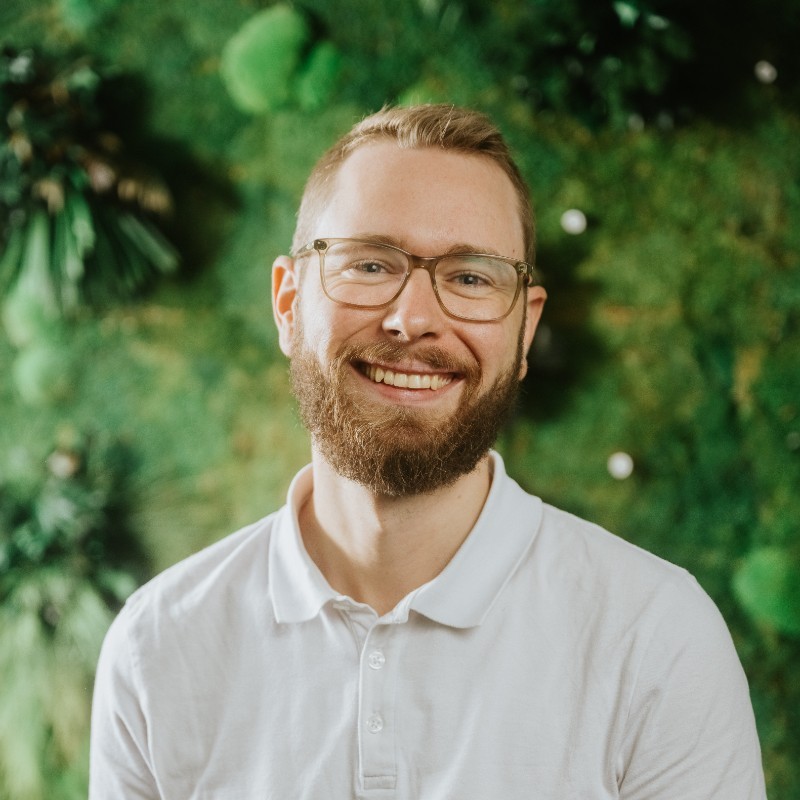I dedicate a significant amount of time to cooking, whether it’s crafting meals for my family and friends or simply enjoying the process for myself. After spending countless hours perfecting Italian dishes, including my personal quest to create the ideal sourdough pizza, I’ve recently begun exploring other culinary traditions. Japanese and Peruvian cuisines have always captivated me, and I’ve come to discover the fascinating ways in which these two seemingly distinct cultures intersect, particularly through Nikkei cuisine—a beautiful fusion of Japanese and Peruvian flavors.


